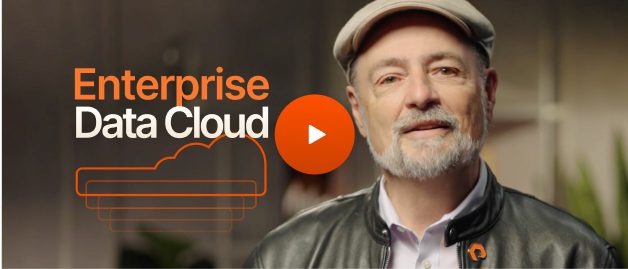When you have multiple data pipelines, you need to know where data comes from, what steps were taken to transform it, and where it’s stored. Having a data lineage tracking solution provides better protection of data and helps businesses track changes to sensitive data. Most businesses use documentation to detail data pipelines and data lineage, but software tools make it easier to monitor and document changes to your data.
What Is Data Lineage?
Data lineage is usually in the form of documentation that is used to better manage data and changes to it. Where data is stored is also documented so that businesses know data is stored in a way that stays compliant with local regulations. In an enterprise data pipeline, raw data can be extracted from several sources (e.g., websites and internal flat files) and transformed to store it in a structured database or an unstructured database for data analytics. Data lineage documentation details where data is extracted and the changes made to it.
Documenting data changes, sources, and the final storage location ensures that pipelines are working as expected and any errors can be more quickly corrected. For example, the data source might change its structure, so the data pipeline makes changes to a phone number where incorrect numbers are stored in the final destination. Having data lineage documentation helps developers more quickly identify where the errors are occurring.
Benefits of Data Lineage
Sensitive data must be stored using certain security standards. Logging must be done on data access. A data lineage document ensures better results for compliance, and it can be used during any audit procedures. Compliance is just one important benefit of data lineage.
Documenting the stages in data transformation, source extraction, and the final destination for storage also makes troubleshooting more efficient. When developers know every step in data transformation, they can validate code and identify any errors more quickly. When data is used in customer-facing applications, developers can more quickly identify where data is stored. Any data integration is more efficient, and having documentation for data lineage lowers the risks of losing data integrity during application development.
Implementing Data Lineage
It might seem like an easy project, but implementing data lineage can be a massive challenge for enterprise-tier applications. Every stakeholder must be involved, and it can take months to gather all the necessary information to document data lineage. Here are the basic steps for the data lineage process:
- Speak to stakeholders to understand the application used for their job function.
- Discuss application data sources with developers.
- Determine metadata for your data catalogue.
- Create a data catalogue using metadata.
- Define new data lineage tracking.
- Document tracking procedures.
- Establish governance over future data changes to ensure documentation stays current.
- Discuss changes with stakeholders.
- Monitor data lineage tracking and change it when necessary.
Discovery of data and tracking changes is a massive challenge, but you can work with tools to make the process easier. Some tools help you create a data catalogue, and others discover data sources. What you use depends on your process and what you want to accomplish. Here are a few tools to get you started:
- Collibra Data Lineage: Automatically find data sources and map the workflow from sources to the final storage destination.
- Octopai: Manage your data catalogue and the metadata mapped to each data source.
- Atlan: Map data pipelines and ensure that storage locations and the pipeline process follow regulatory requirements for compliance.
Best Practices for Data Lineage
If your data lineage process falls apart, you could lose track of data sources, possibly work with sensitive data without being compliant, or lose data when your pipelines no longer function properly. To avoid data loss or costly compliance violations, you can follow some best practices for data lineage procedures. Here are a few ways to keep your data lineage and pipelines secure and documented:
- Update documentation when there are any changes to your pipelines, destination, or sources.
- Audit and log versions of documentation with information about who changed it and when.
- Use automation to speed up delivery and lower risks of oversights.
- Develop a naming convention that stays consistent throughout all your documentation.
- Catalogue the people responsible for data and the applications using data.
- Review documentation annually to ensure it’s still accurate.
Challenges and Solutions
Data lineage is a form of auditing, and as with any auditing project, it can have challenges. The biggest challenge for most auditors is finding data sources and mapping pipelines to data destinations. In an enterprise environment, it’s possible to have hundreds of data sources. Transformation of data could take several steps, and data could be sent to onsite databases or in the cloud. It can be difficult to locate data as it moves through the data pipeline. Discovery tools with artificial intelligence help with this challenge, and developers for data pipelines can help with transformation questions.
Developers and database administrators often make changes without documenting them. Without updates, data lineage documentation becomes outdated. It’s challenging for auditors and administrators to ensure that the data lineage documentation keeps up to date with changes to data pipelines. Working with stakeholders and creating policies requiring documentation from developers helps reduce this risk. Also, tools can be used to help automate changes and send alerts when changes are made to the data pipeline.
Conclusion
For compliance and a smoother transition when you change data pipelines, a data lineage process can document every source, destination, and transformation affecting data. Sensitive data is tracked so that any storage and access controls follow compliance requirements. You can leverage Pure Storage unified storage to help with scalability and better documentation of your data.





